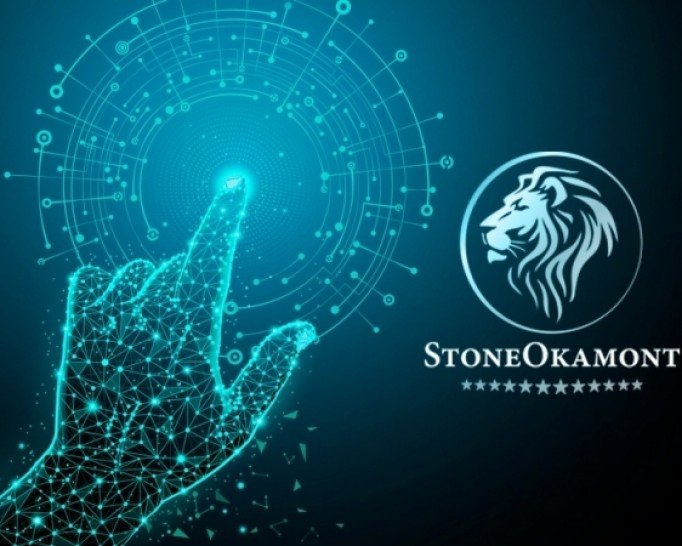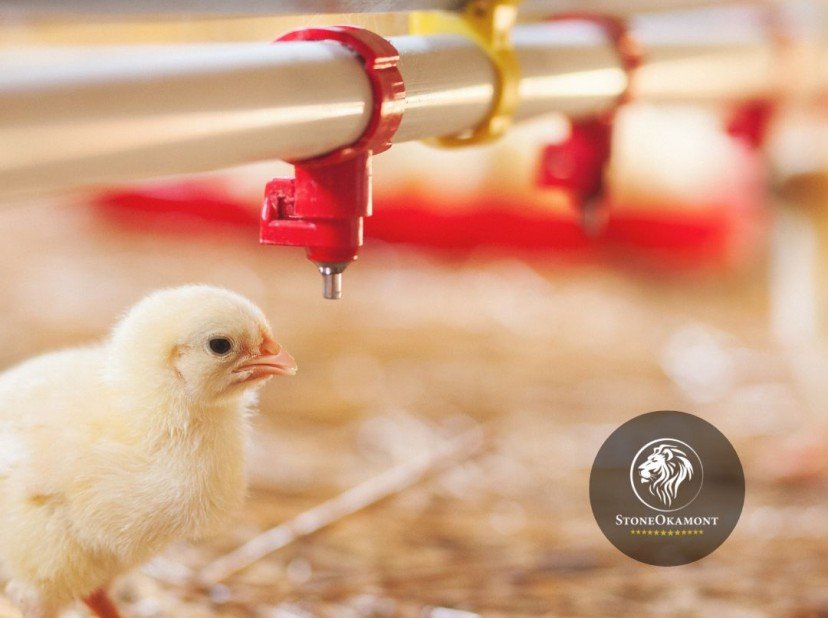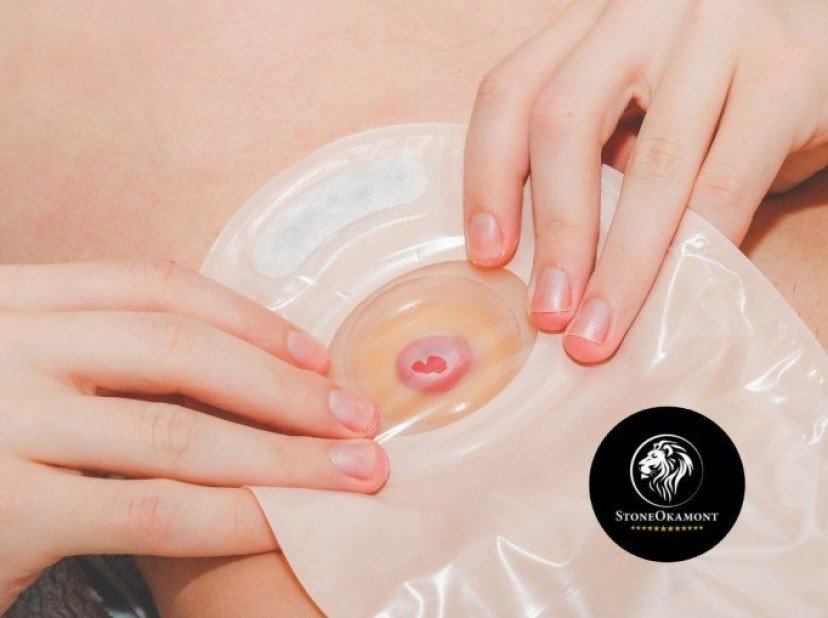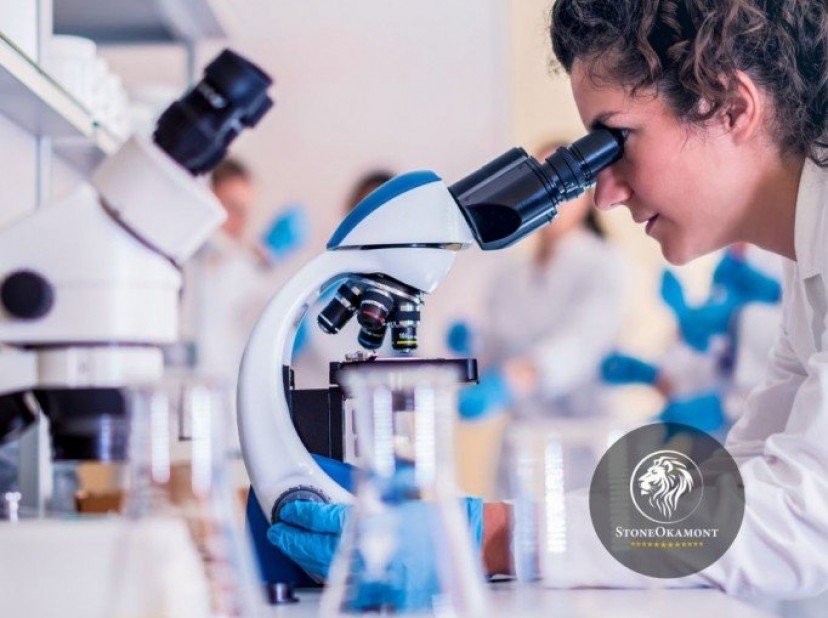
According to the classification rules of ANVISA (National Health Surveillance Agency), check below the requirements and applications for your product, whether Registration, Notification or Cadastration. Cadastration and / or Notification are for lower risk products, they have simplified requirements and take less time than the Regular Product Registration processes.
Cadastration - Class I and Class II
1. Appoint a company that has an Operating License and Operating Permits (AFE) with ANVISA to be your Holder.
2. The contracting company must provide a letter of recommendation (the model will be provided by Stone Okamont) to start its ANVISA Registration processes. The Brazilian Registration Holder (BRH) will make the registration request and the Certification of Good Manufacturing Practices (GMP), if necessary.
3. Certain products require INMETRO certification. Product tests carried out outside Brazil are generally accepted if performed by a laboratory accredited by ANVISA. If necessary, in order to better serve its customers, Stone Okamont requests the quotations for the tests, in up to three laboratories, in addition to monitoring the tests and results. INMETRO certification valid for 5 years.
4. Manufacturers of Class I and II devices must comply with the Good Manufacturing Practice Certification requirements. However, ANVISA will not carry out a certification audit.
5. Stone Okamont prepares the technical cadastration dossier, sending legal documents, as well as the labeling compatible with the current legislation for ANVISA's appreciation. These files are maintained by Stone Okamont, in the case of on-site inspections by ANVISA.
6. Stone Okamont prepares and sends the order to ANVISA. All documents must be sent in Brazilian Portuguese, with the exception of tests, reports, analyzes and certificates, which can be delivered in English or Spanish.
7. ANVISA analyzes the registration request. After approval, it will publish the registration number in the Federal Official Gazette (DOU) or on the ANVISA portal.
8. Class I and II registration do not expire.
Class III and Class IV registration
1. Appoint a company that has an Operating License and Operating Permits (AFE) with ANVISA to be your Holder.
2. The contracting company must provide a letter of recommendation (the model will be provided by Stone Okamont) to start its ANVISA Registration processes. The Brazilian Registration Holder (BRH) will make the registration request and the Certification of Good Manufacturing Practices (GMP), if necessary.
3. Certain products require INMETRO certification. Product tests carried out outside Brazil are generally accepted if performed by a laboratory accredited by ANVISA. If necessary, in order to better serve its customers, Stone Okamont requests the quotations for the tests, in up to three laboratories, in addition to monitoring the tests and results. INMETRO certification valid for 5 years.
4. Class III and IV manufacturers are audited (in their country of origin, according to the applicable Brazilian legislation) in accordance with the laws of ANVISA. CBPF fees are annual and inspections are mandatory every two years. Stone Okamont prepares and compiles the documentation for the company.
5. Stone Okamont will prepare the technical file. The company must provide its data and technical data, including clinical data, clinical studies (if applicable), information about its product, in accordance with current legislation.
6. Stone Okamont prepares and sends the order to ANVISA. All documents must be sent in Brazilian Portuguese, with the exception of tests, reports, analyzes and certificates, which can be delivered in English or Spanish.
7. ANVISA analyzes the registration request. After approval, it will publish the registration number in the Federal Official Gazette (DOU)
8. Class III and IV registration are valid for 10 years. Registration renewals should preferably start one year before expiration.
NOTES: This is a simplified overview of the process. ANVISA can choose to audit your submission and request more documents, which will add time to approval.

1. The deadlines shown above are typical for most submissions.
* Cosmetics and Sanitizers - average of 20 days | correlates (equipment and materials) - 1 to 3 months;
** The time period shown is average and not exact.
2. Registrations remain valid for the specified time, as long as you do not make changes. Any change in the product, new model, intended use or indications for use, change in the manufacturing location or other changes, will require a change in its registration and review by ANVISA.]
3. We recommend starting the re-enrollment process within the maximum term specified above, since the renewal process in Brazil requires a long review time. To avoid any lapse in the registration of your product, we recommend that the renewal documentation be submitted one year in advance before the expiration of the current registration. Legally, the minimum time is six months before the registration expires.
4. The assessment of the complexity of the registration process is based on the experience of the Stone Okamont team.
5. Low = Less than $ 8,000; Midpoint = $ 20,000- $ 30,000: High = More than $ 50,000. The total cost includes fees from ANVISA, fees for Good Manufacturing Practices (GMP), product certification when requested, representation in the country, submission preparation consultancy and translation of registration documents.
* * To qualify for these abbreviated review times, you must: file a lawsuit with ANVISA to force a CBPF inspection within 6-8 months.
This is a simplified overview of the process. ANVISA can choose to audit your submission and request more documents, which will add time to approval.







